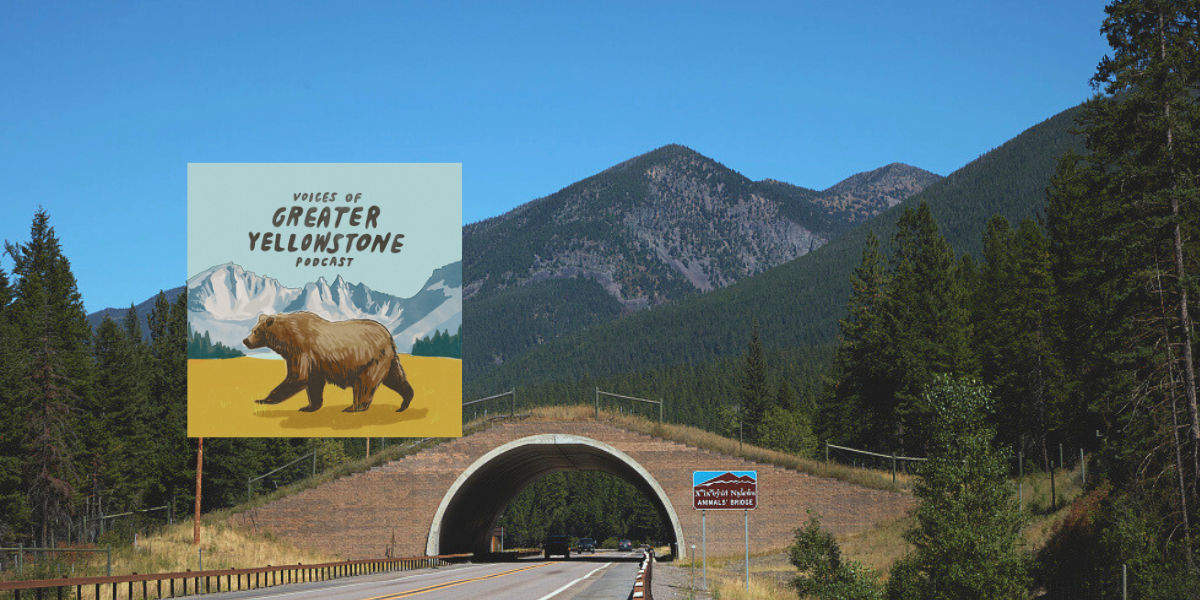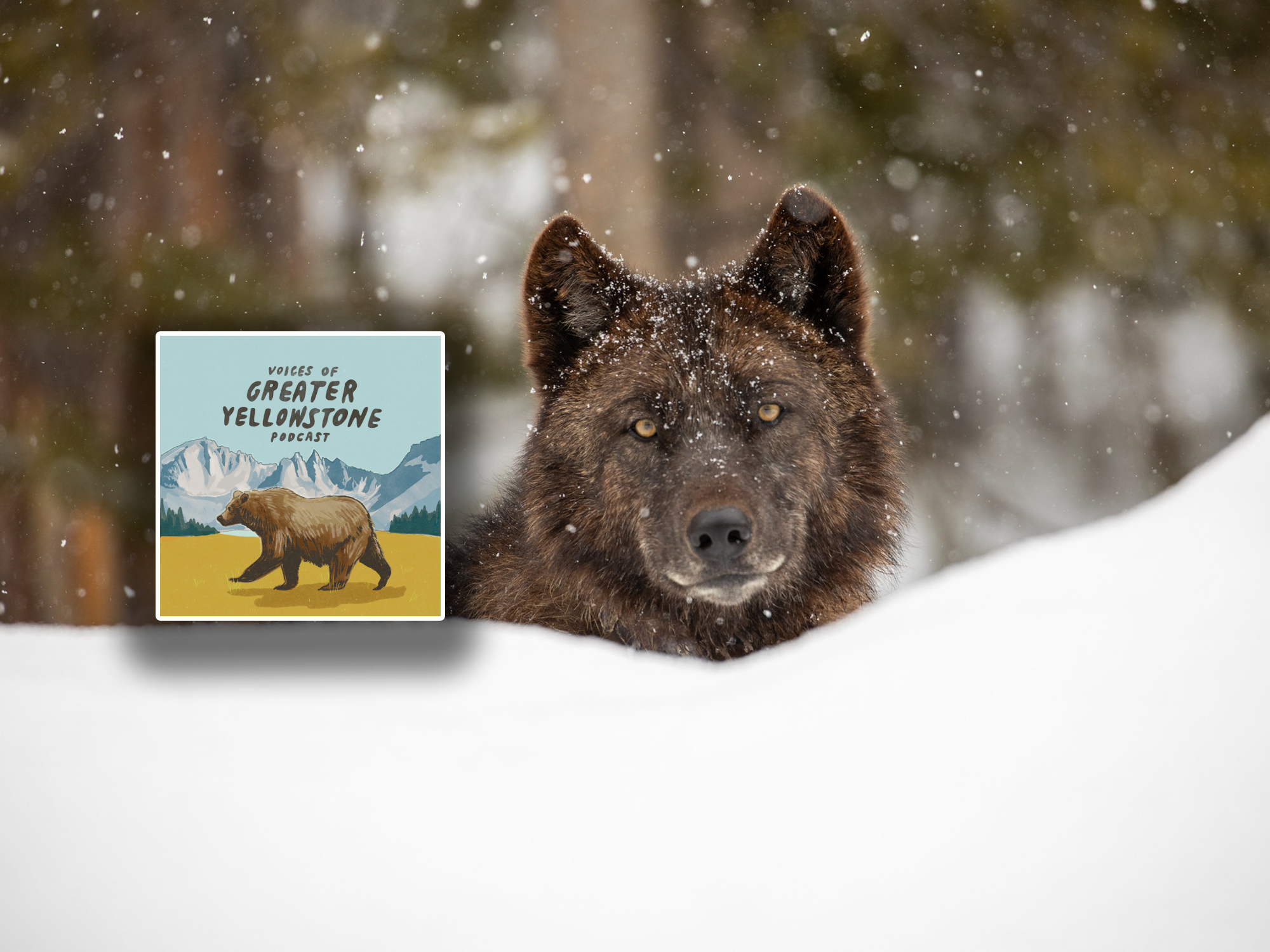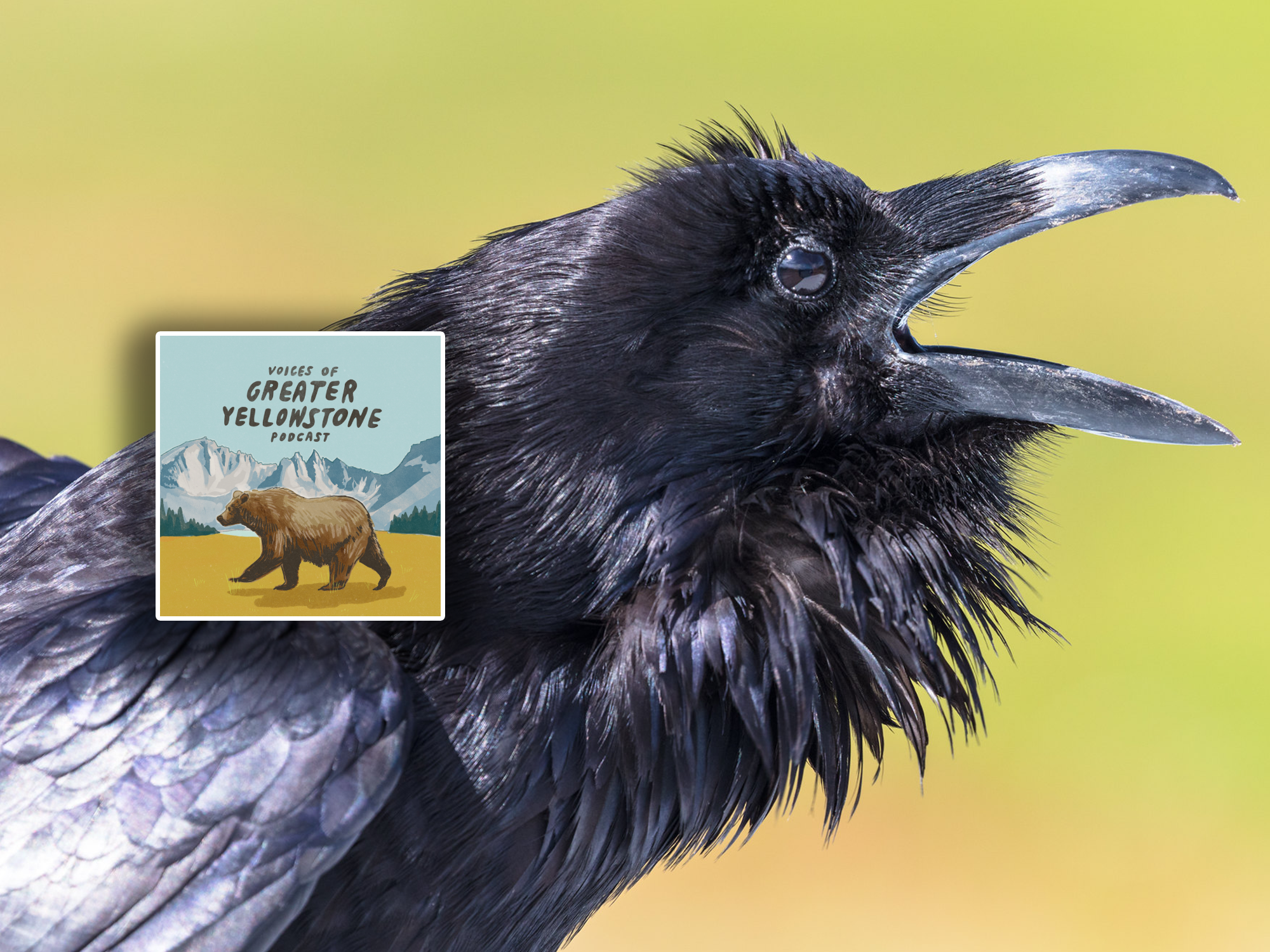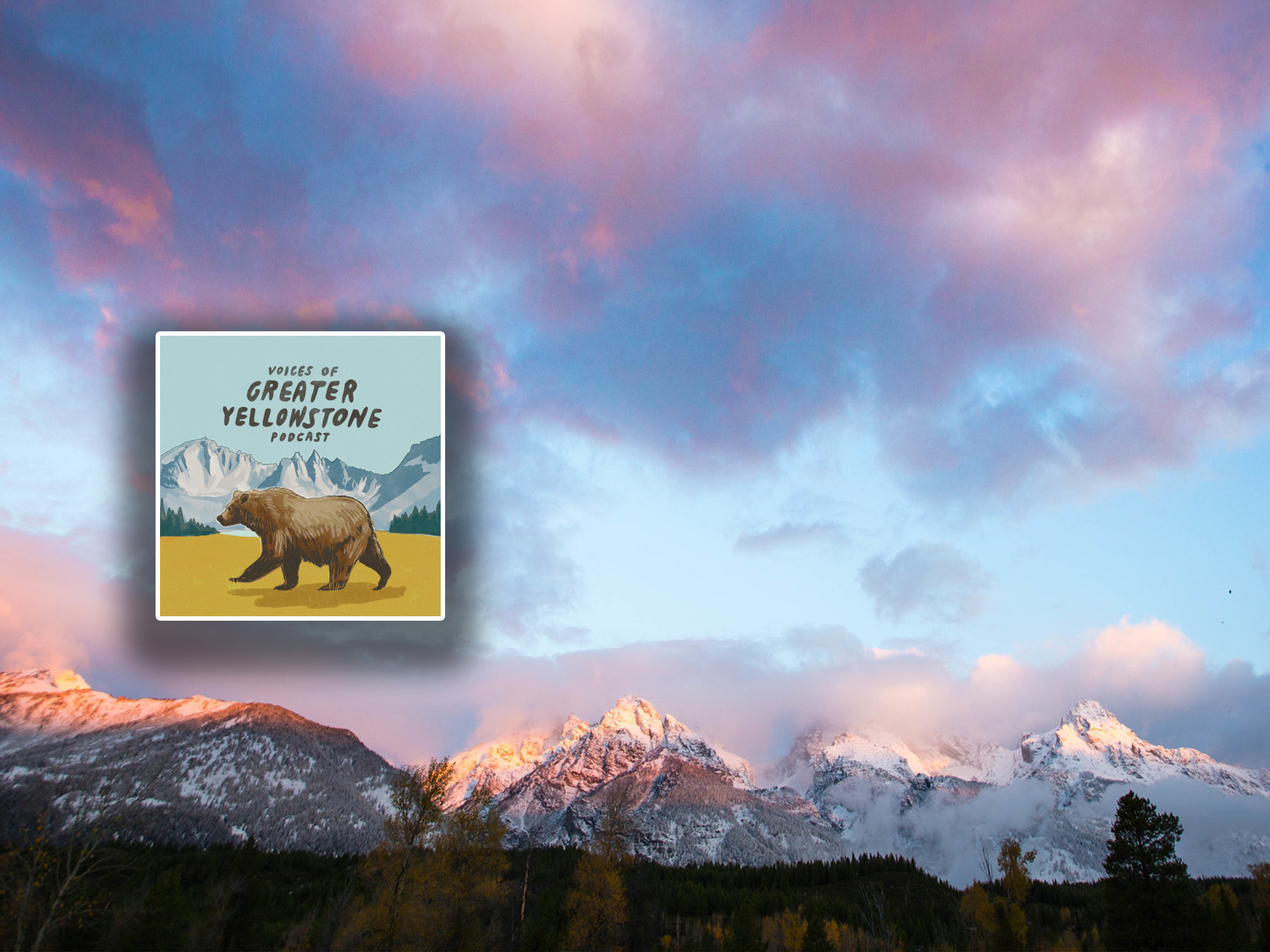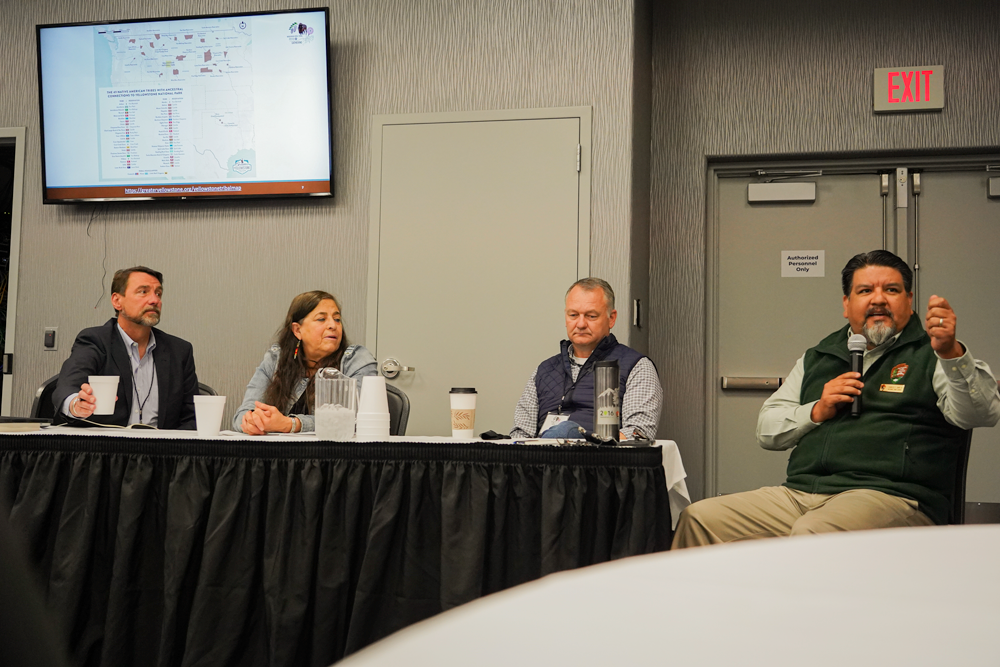
Enhancing Tribal-Federal Partnerships
A Paradigm Shift
For far too long, the Western conservation movement has ignored and excluded diverse voices and perspectives, especially those of Indigenous people, causing harm and creating a weaker movement as a result.
At the Greater Yellowstone Coalition, we know we have a responsibility to find and embrace our role in changing the existing paradigm by elevating Indigenous voices and advancing Tribal input into the management and conservation of public lands throughout the Greater Yellowstone Ecosystem. One significant component of advancing Tribal input in public lands management is improved consultation between Tribes and the federal government. GYC is working to create avenues for more authentic, effective, and culturally appropriate consultation practices, so that Tribal priorities, perspectives, and treaty rights can be incorporated into decision-making and management.
Coming Together for Inter-Tribal Gatherings
Improved consultation starts with bringing people together. In 2022, we partnered with the Eastern Shoshone and Northern Arapaho Tribes of the Wind River Indian Reservation and together, with Yellowstone and Grand Teton national parks, hosted two inter-tribal gatherings. The first gathering was a virtual event hosted on the 150th anniversary of the establishment of Yellowstone National Park. The gathering drew over 600 participants from across the country, including Tribal leaders, agency representatives, conservationists, and activists of all stripes.
The event created space for productive conversations and honored Indigenous People and the ways of life practiced long before the Yellowstone Protection Act was signed in 1872 and Yellowstone became the nation’s first national park.
During the gathering, we unveiled a new map that illustrates the current and ancestral ties of 49 Tribes to Yellowstone National Park.
The Greater Yellowstone Coalition unveiled this map identifying 49 Tribes with current and ancestral connections to Yellowstone during an inter-tribal gathering on March 1, 2022.
Later in the year, we held an in-person inter-Tribal Gathering on the Wind River Indian Reservation. This, too, was hosted by the Eastern Shoshone and Northern Arapaho Tribes along with the Greater Yellowstone Coalition in order to create space for Tribal leaders, Indigenous activists, federal agency personnel, and non-governmental organizations to come together to discuss conservation and management in Greater Yellowstone. Close to 250 people attended the three-day event and came away renewed and excited to advance better integration of Indigenous conservation and cultural practices into the stewardship of public lands and resources.
Moving Forward
We are continuing this work by planning additional inter-Tribal gatherings focused on topics like Tribal involvement in forest planning, and are working alongside other conservation groups as well as federal agencies and Tribal leaders to create space for collaboration, relationship building, and enhanced ways of working together to conserve Greater Yellowstone’s lands, waters, and wildlife.
When it comes to understanding the complex relationships between people and the rest of nature, we have a lot to learn from listening to Indigenous voices. The Indigenous cultures of Greater Yellowstone treat plants, animals, and landscapes as relatives, medicine, healers, teachers, and cross-generational purveyors of culture and tradition. We are committed to ensuring their voices are heard.


